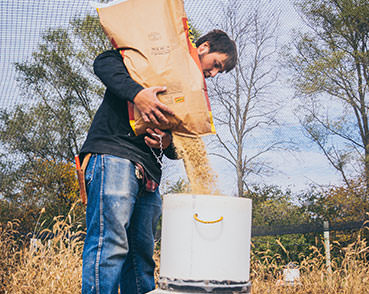Brooder Maintenance in the Pheasant Barns
Maintaining equipment at a farm the size of MacFarlane Pheasants is a job that requires attention. If you give it attention, then your equipment will work through its expected lifetime. If you forget, things break down and you have to spend even more time getting them back to working order. One of the most important types of equipment we maintain on the farm is our brooder heaters. They create the perfect temperature to raise more pheasants every year.
While we have a few types of brooders, they’re generally all maintained the same. The most important piece of equipment we use to clean them is an air compressor. We use it to blow the brooders and to clear the lines of dust and debris. Air is sent through every part that the propane passes, and then we blow out the burner itself for dust.
After the air compressor, it’s time to clean the gas orifice, and occasionally the pilot, too. We do this more frequently than blowing out the lines—often between groups of birds versus once a season. You can tell when it’s time because the brooders won’t burn as hot. What happens over time is that the orifice becomes clogged or corroded. What fixes this is a pin vice to drill them out. But make sure if you do this, you use the right size bit. If you use one that has too big of a diameter the mechanism won’t perform correctly. After you’ve finished, look through and make sure there are no particles in it.
We change the thermal couples every season. Even then, sometimes they’ll still fail, so it’s good to keep extras on hand. You’ll know if they’re failing because the flame won’t stay lit on its own.
There are a couple of pitfalls we’ve identified. First, anytime you’re undoing threaded orifices, make sure to pay attention you’ve threaded it correctly when you’re putting it back together. Otherwise it can leak and possibly create a fireball. It’s usually only small flame, but if you’re not careful, it can get exciting real fast. Also, after you’ve cleaned your brooders and put them back together, make sure your pressures are hitting the right temperatures. We use a laser heat gun to read the temperature and make sure the brooders are creating the perfect environment for pheasant chicks.
Maintaining brooders is a simple job. If you blow out the lines, keep the orifices clean, make sure the pressure is right, and ensure the gas is turned on, that’s all you need. But if you’re ever not sure, here’s our rule of thumb. Look at the flame. Orange is a bad sign—your lines aren’t clean. A strong, clean flame burns blue, and if you’ve got that, you’ve done your job right.
Related Posts

Preparing Our Barns & Pens Each Spring
Read Post
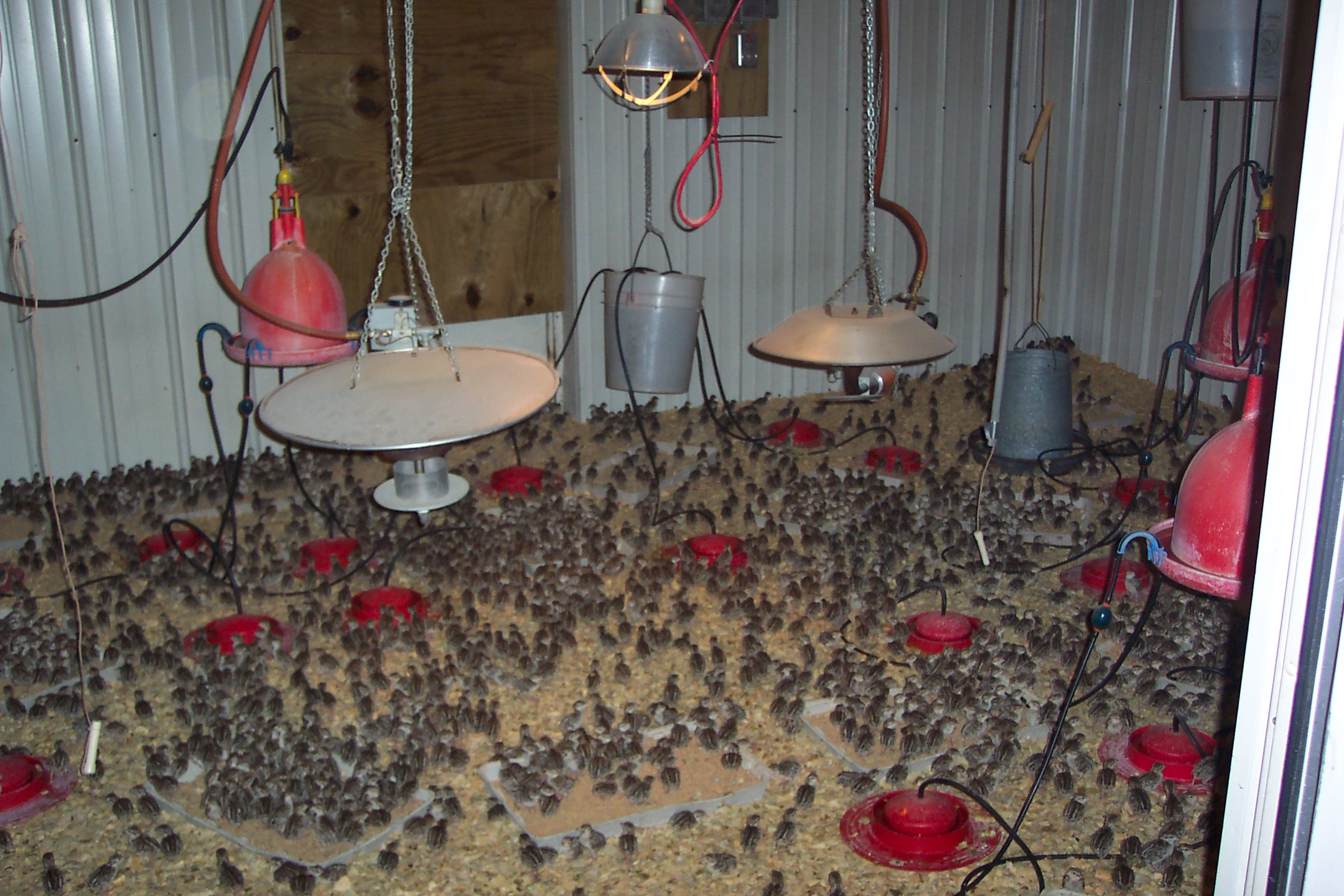
How We Prepare For Brooding Our Chicks
Read Post
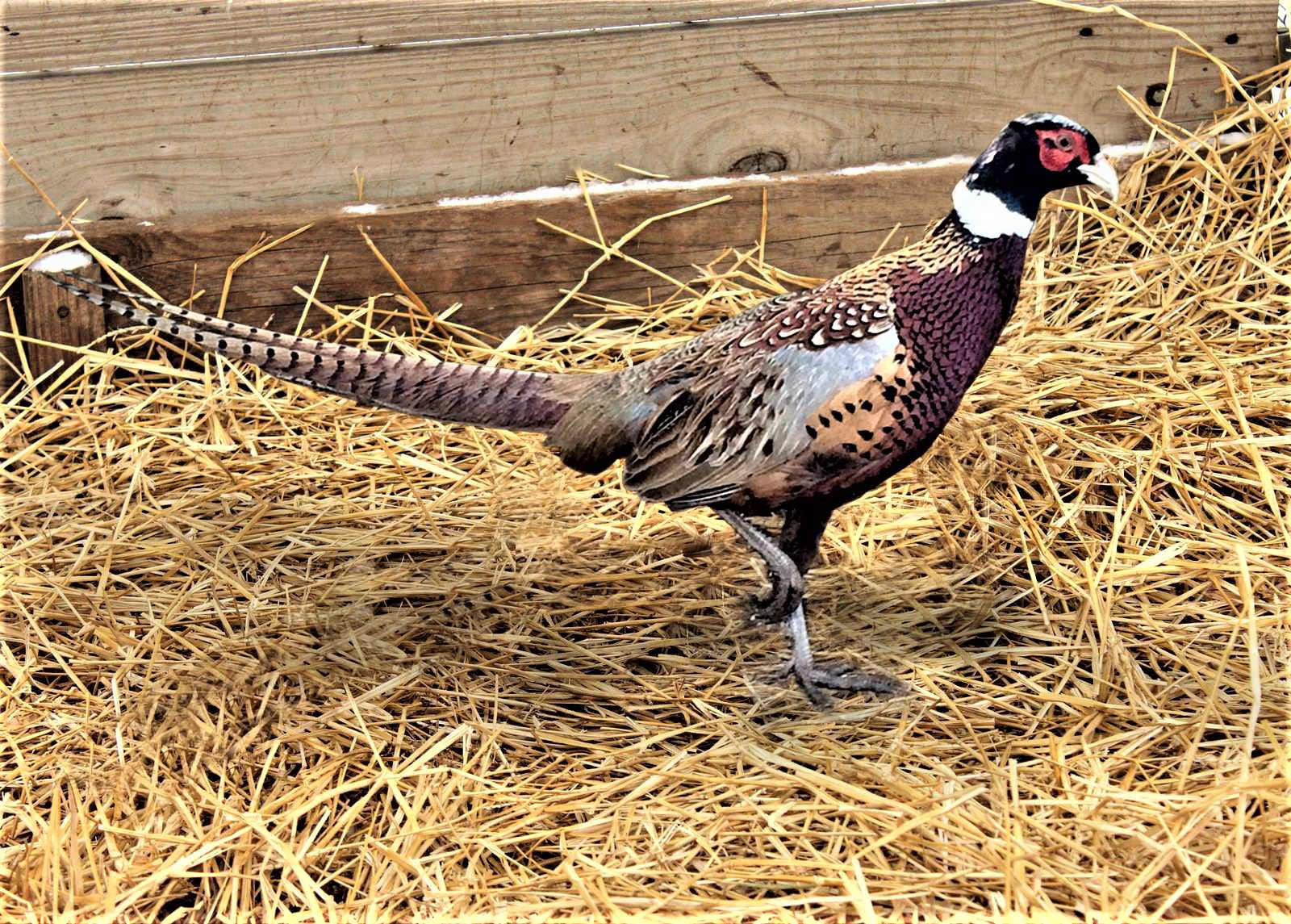
Our Milton Farm in 2024!
Read Post

10 Ways To Get the Most Out Of Brooder Barns
Read Post
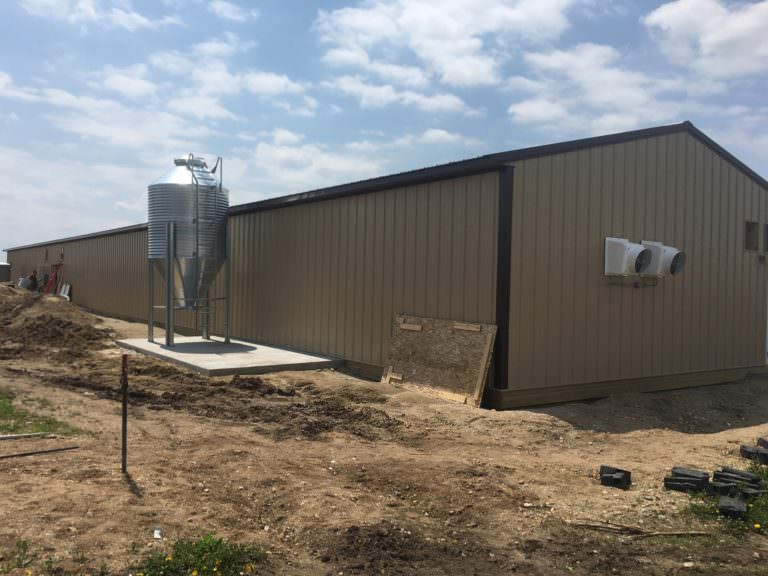
Air Flow in Barns
Read Post
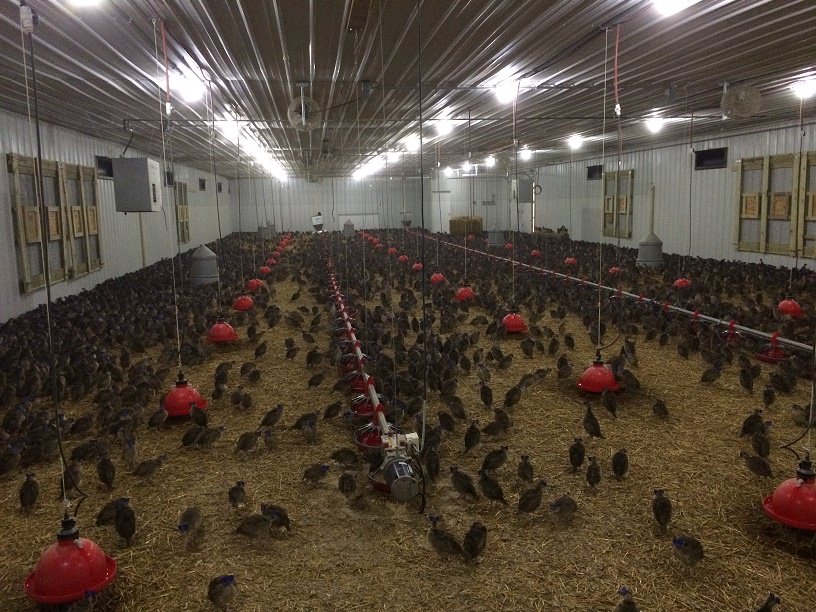
Barn Maintenance at MacFarlane Pheasants’ Milton Farm
Read Post
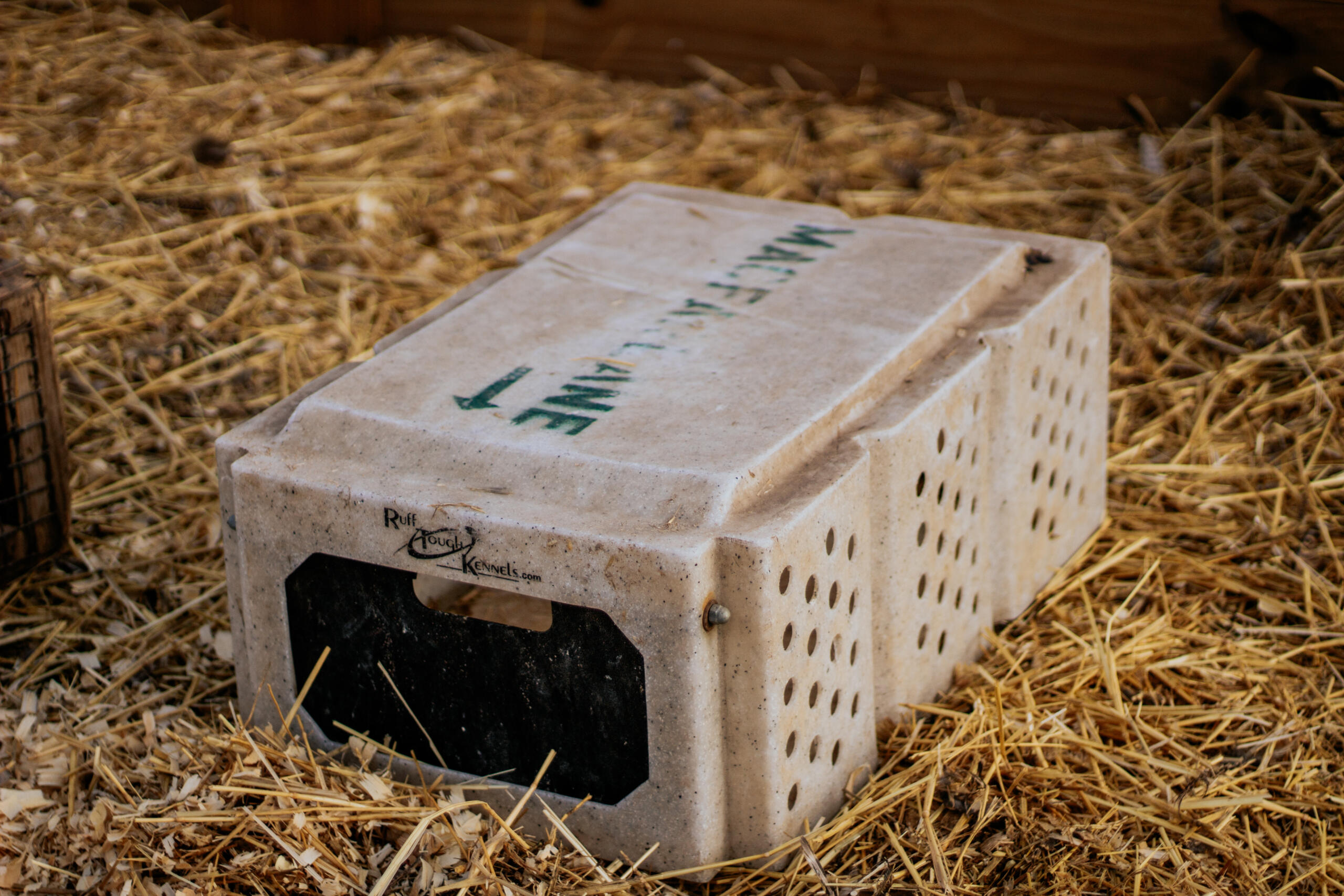
Best Bedding for Pheasants
Read Post
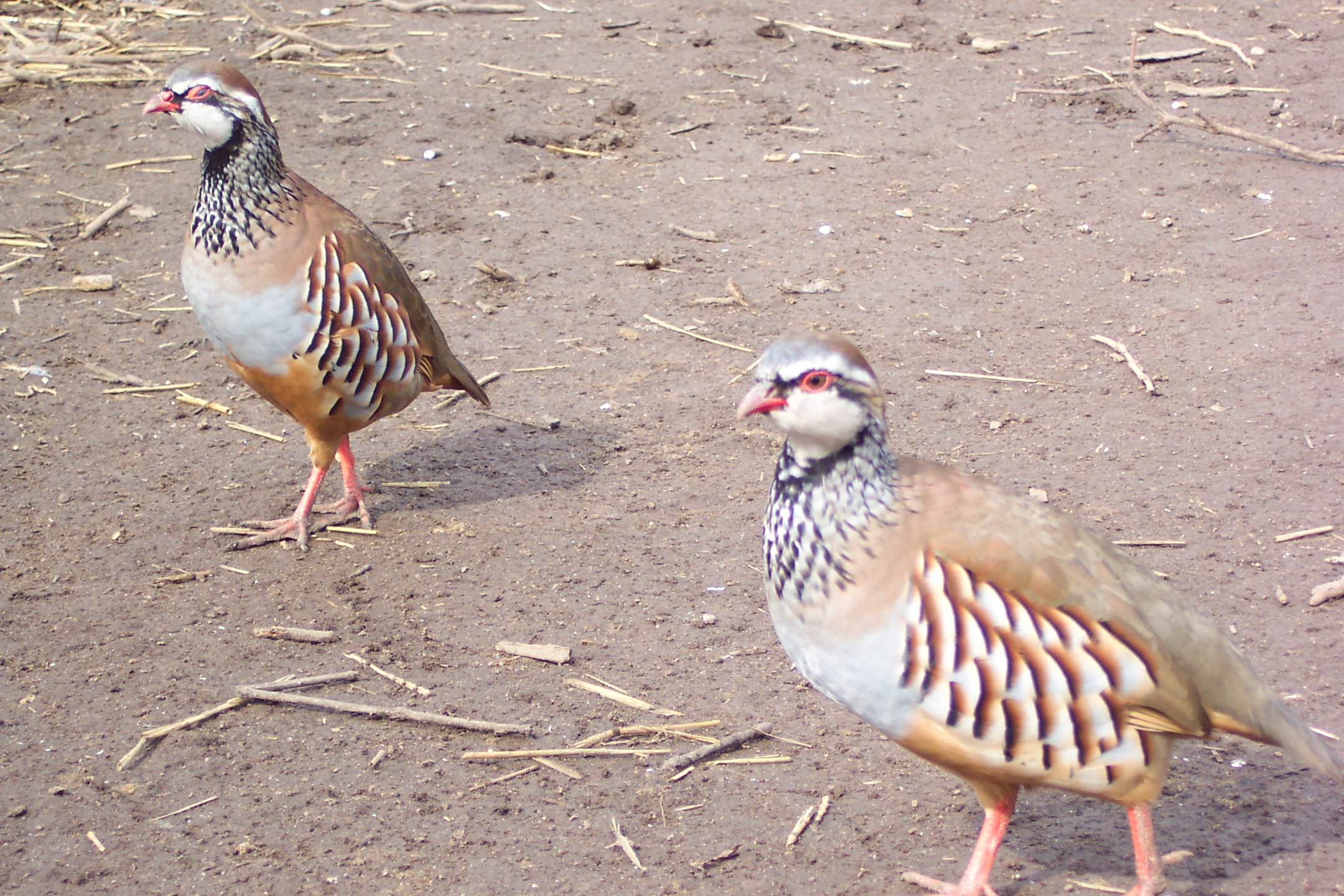
Birds On Top of Birds: Preventing Piling with Partridge Chicks
Read Post
Take Advantage of These Free Resources
As the biggest game bird farm in the United States, we want to share our experience with you. Download our free resources below and get started.

